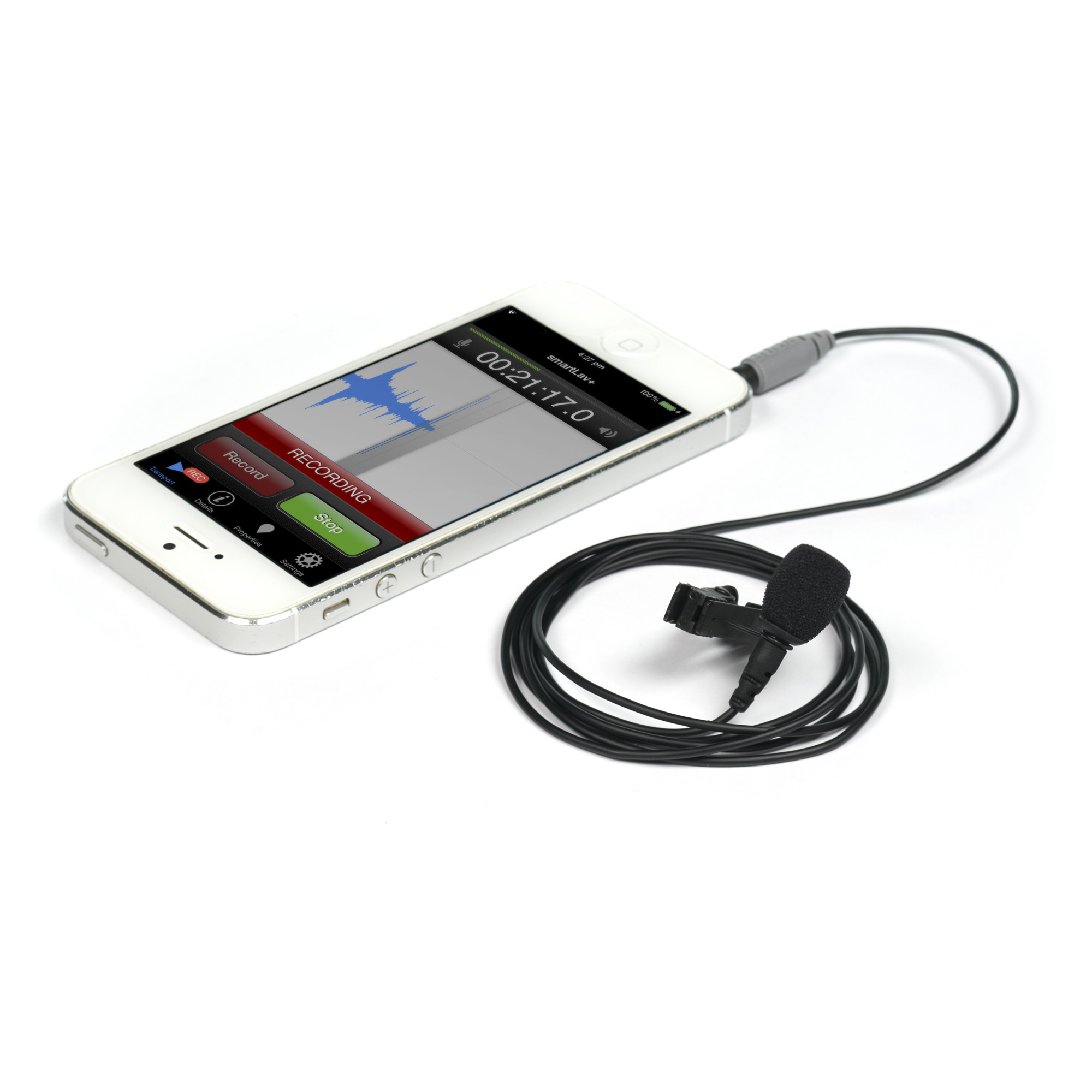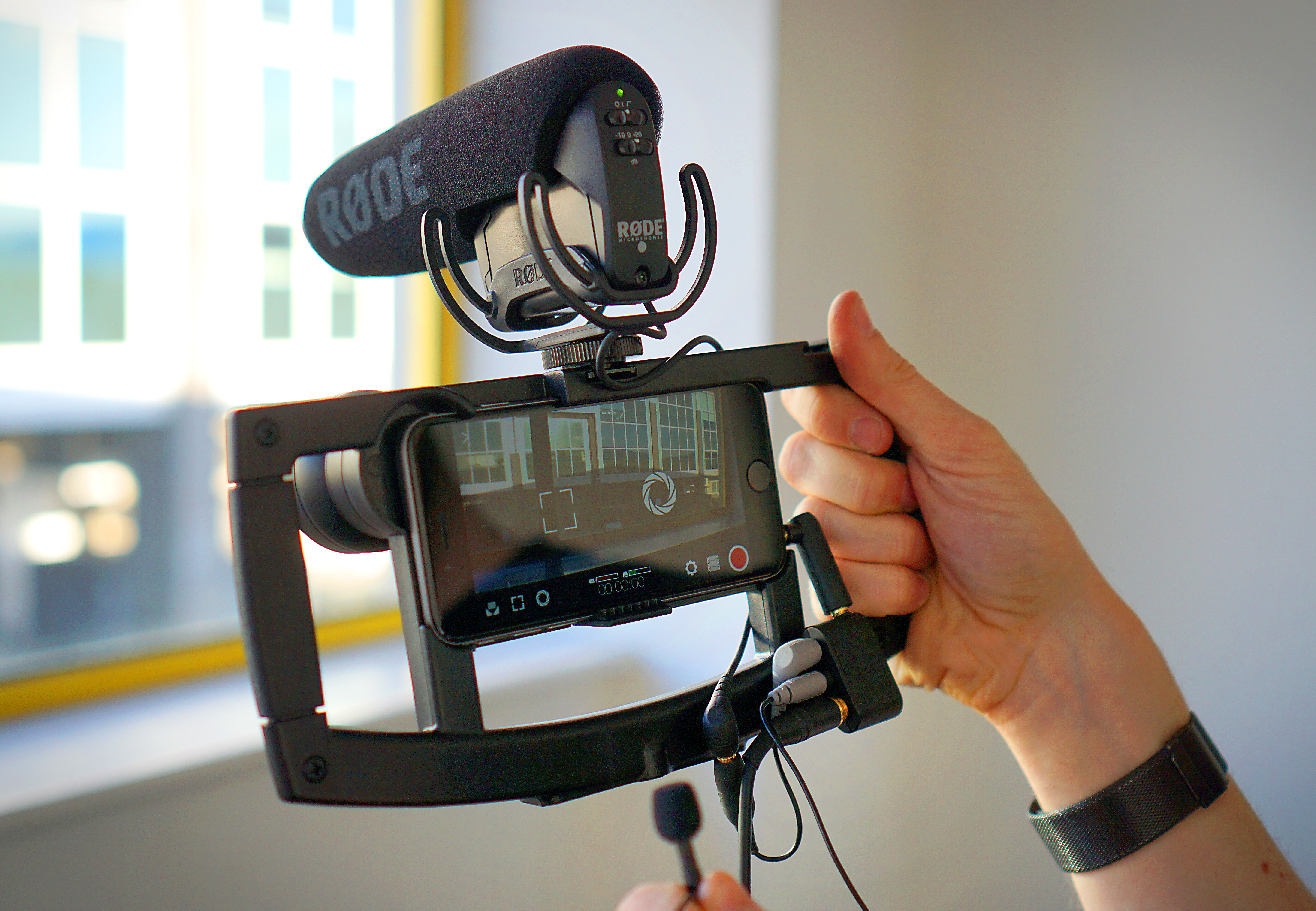If you already appreciate just how capable today’s breed of cameras and smartphones are at capturing detailed video footage, you’ll also know that their audio capabilities fall short by comparison. It’s a big ask for tiny built-in microphones to capture clear, hiss-free and balanced sound, and it’s the quickest giveaway that separates professional video from amateur footage.
Fortunately, whether you use a pro-grade DSLR or a simple smartphone, RØDE Microphones have been pioneering solutions that are as capable as they are affordable. Buying a dedicated microphone is the first and most important step, but it also pays to learn which is the most appropriate type for your needs and how to get the best out of them once you start using them. Let’s investigate...
Mobile magic
The RØDE VideoMic Me is a diminutive shotgun microphone that slips into your camera’s headphone/mic input. Despite being affordable enough to suit even tighter budgets, it not only gives you superior sound quality to your phone’s microphone, but you can also turn it forwards and backwards for interviews and selfies. So, even if it’s just yourself talking to camera, it will pick up all that’s important and exclude unwanted ambient noise – something built-in microphones fail to do.

You can use it with the provided wind-cover to help keep audio clear when shooting outside and even monitor audio levels as you record to maintain balance, thanks to the integrated headphone port and a smartphone app with audio pass-through, such as Filmic Pro. Best of all, VideoMic Me fits into the palm of your hand so you can have it with you at all times, safe in the knowledge that a clear-sounding video is possible wherever you find yourself.
Getting close
No matter what microphone you use, the best way to capture crisp, professional sound is to make sure your microphone is positioned close to your subject. While the VideoMic Me gives you the flexibility to capture a range of different subjects by just pointing and shooting, if you’re only looking to capture speech then a lavalier-type microphone such as the RØDE SmartLav+ is an optimal solution.

This plugs directly into your phone’s headphone port and attaches onto your subject’s shirt, lapel or collar, so it’s perfect for interviews, presenting to camera and more. The close and fixed proximity of the capsule gives consistent speech - it’s the type of microphone you’ll see News Presenters wearing on a daily basis. Of course, you may require more than one microphone, for capturing dialogue between a presenter and interviewer, or perhaps two presenters. The solution? Just use the RØDE SC6 adapter to hook up two SmartLav+ microphones to the same phone – simple!
Taking things further
Ok, but what if you want to use something a little more powerful yet flexible with your smartphone, or your DSLR camera? Step in the VideoMic Pro, a battery-powered shotgun-style directional microphone that's designed for use with DSLRs but compatible with smartphones via the RØDE SC4 adapter.
Whether you use it with a smartphone or a DSLR, this will provide you with a significantly upgraded standard of audio quality, and features an all-important +20dB boost switch on its back, allowing you to feed amped-up and high quality, clean audio straight to your DSLR or Smartphone without the background hiss you can encounter using consumer-quality audio input sockets.
Though primarily designed for Smartphones, DSLR users can use the SmartLav+ in conjunction with the RØDE SC3 adapter, or alternatively opt for the VideoMic Pro and use it simply as it is, straight into their cameras. With the VideoMic Pro, all you need to do is plug it into your camera’s mic socket and mount onto your camera’s hotshoe, taking advantage of the +20dB boost mode and setting manual audio level controls appropriately low.

Smartphone users can also pair this with an iOgrapher case that fits their specific smartphone or tablet. This has the multiple advantages, including a proper cold shoe to mount the VideoMic onto, as well as stabilisation handles to help keep the camera steady during recording (or mount on a tripod), and the option of fitting iOgrapher adapter lenses for wide-angle or telephoto video too.
Going the distance
If you need to film further away from your subject, perhaps for compositional reasons, you can still capture close, professional audio by partnering the VideoMic Pro with the RØDE MicroBoompole and a RØDE VC1 extension cable. This replicates the professional shotgun-microphone-and-boom system you’ll have seen used in film and television, but on a much more modest budget! By getting the microphone off-camera, this ensures close, focused sound still gets captured, even when your camera needs to be further away. The results will speak for themselves.
So there you have it. Whether you’re capturing a selfie video on your smartphone or shooting a movie on your DSLR, there’s an affordable option from RØDE to help your audio be as clear and professional sounding as possible.
from TechRadar: Phone and communications news http://www.techradar.com/news/the-big-issue-with-dslr-mobile-filmmaking-and-how-to-fix-it
No comments:
Post a Comment